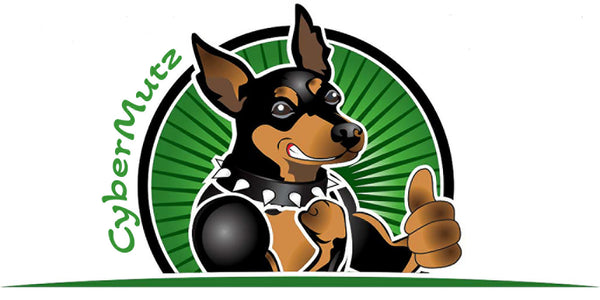
Do Dogs Understand Words or Tone? Communication Tips That Work
Share
Do Dogs Understand Words or Tone? Communication Tips That Work
Ever wonder if your dog truly understands what you’re saying—or if it’s more about how you say it? While we often talk to our dogs like they’re human, canine communication is a unique blend of tone, body language, and a few key words.
Let’s dig into what dogs actually understand—and how you can speak their language more effectively.
🧠
What Science Says About Dog Language Skills
Research shows that dogs can recognize specific words, especially those tied to rewards (like “treat,” “walk,” or their name). A 2020 study published in Science even found that dogs process words and tone in different parts of their brain—much like humans.
-
Left side: processes the meaning of words
-
Right side: interprets tone of voice
That means dogs do understand some words, but tone plays a major role in how they interpret what you’re saying.
🎯
Words vs. Tone: What Matters More?
➤
Tone is King (Especially at First)
High-pitched, excited tones = good things
Low-pitched, stern tones = not-so-good things
Dogs respond to emotional cues in your voice. You could say “banana” in a happy voice and your dog might wag its tail.
➤
Words Gain Meaning Over Time
Through repetition and positive reinforcement, dogs begin to associate specific sounds (words) with actions or outcomes. This is how they learn commands like “sit,” “stay,” and “come.”
🐾
Tips for Better Communication with Your Dog
1.
Keep Commands Simple and Consistent
Use one-word cues. For example, always say “down” instead of switching between “lay down” or “get down.”
2.
Pair Words with Gestures
Dogs are visual learners. Pairing a hand signal with a word boosts comprehension.
3.
Use Positive Tone for Training
An upbeat voice encourages participation. Your dog is more likely to respond when they sense enthusiasm.
4.
Avoid Mixed Messages
Don’t laugh while scolding or sound angry when praising. Inconsistency confuses your dog.
5.
Name the Good Stuff
Say the word “treat,” “toy,” or “walk” right before delivering it. This builds a mental vocabulary through association.
🔁
Real-Life Example: The Word “No”
Many dog owners say “No” when a dog misbehaves. But if you say it in a neutral or sweet tone, it loses impact. A firm, flat “No” (paired with redirection) teaches boundaries far more effectively.
🐶 Final Thought: Speak With Heart, Train With Clarity
Dogs may not grasp the full depth of our vocabulary, but they’re masters at reading our tone, body language, and energy. The more consistent and clear you are, the more your dog will understand—and trust—you.
Want help turning this topic into a lead magnet or social series for your dog-themed brand? I can tailor this into SEO snippets, Instagram captions, or T-shirt slogans too.
